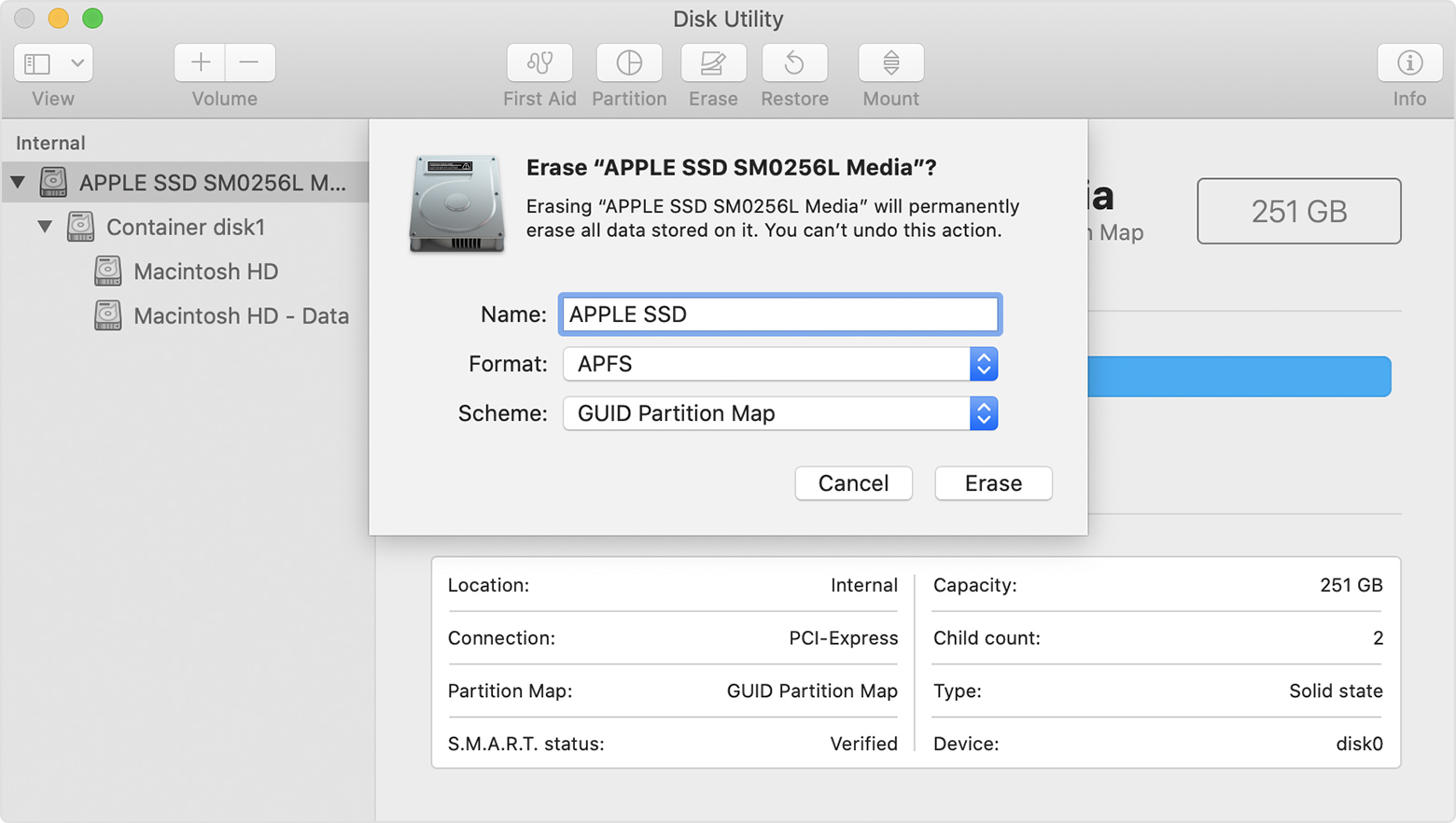

- MAC OS DISK UTILITY ON BOOT MAC OS X
- MAC OS DISK UTILITY ON BOOT MAC
- MAC OS DISK UTILITY ON BOOT WINDOWS
MAC OS DISK UTILITY ON BOOT WINDOWS
If you're using a keyboard made for a PC, such as a keyboard with a Windows logo, try a keyboard made for Mac. Or use your built-in keyboard or a wired keyboard.
MAC OS DISK UTILITY ON BOOT MAC
You might need to wait a few seconds before pressing the keys, to give your Mac more time to recognize the keyboard as it starts up. Then press and hold the keys as your Mac starts up. Then press the power button to turn on your Mac. Press and hold all keys in the combination together, not one at a time.If a key combination doesn't work at startup, one of these solutions might help: Eject (⏏) or F12 or mouse button or trackpad button: Eject removable media, such as an optical disc. Disabled when using a firmware password.Command-V: Start up in verbose mode. Disabled when using a firmware password.T: Start up in target disk mode. Disabled when using a firmware password.Disabled in macOS Mojave or later, or when using a firmware password. Command-S: Start up in single-user mode.

To use the default boot image on the server, press and hold Option-N instead. Disabled when using a firmware password. N: Start up from a NetBoot server, if your Mac supports network startup volumes.Or use Option-D to start up to this utility over the internet. Disabled when using a firmware password. D: Start up to the Apple Diagnostics utility.If your Mac is using a firmware password, it ignores this key combination or starts up from macOS Recovery. Option-Command-P-R: Reset NVRAM or PRAM.If your Mac is using a firmware password, you're prompted to enter the password. Click New Image on the Disk Utility toolbar.
MAC OS DISK UTILITY ON BOOT MAC OS X
In the pane, select the Mac OS X Install DVD by clicking on it once. In Disk Utility, you will notice a white pane on the left hand side. Launch Disk Utility (Applications > Utilities).


 0 kommentar(er)
0 kommentar(er)
